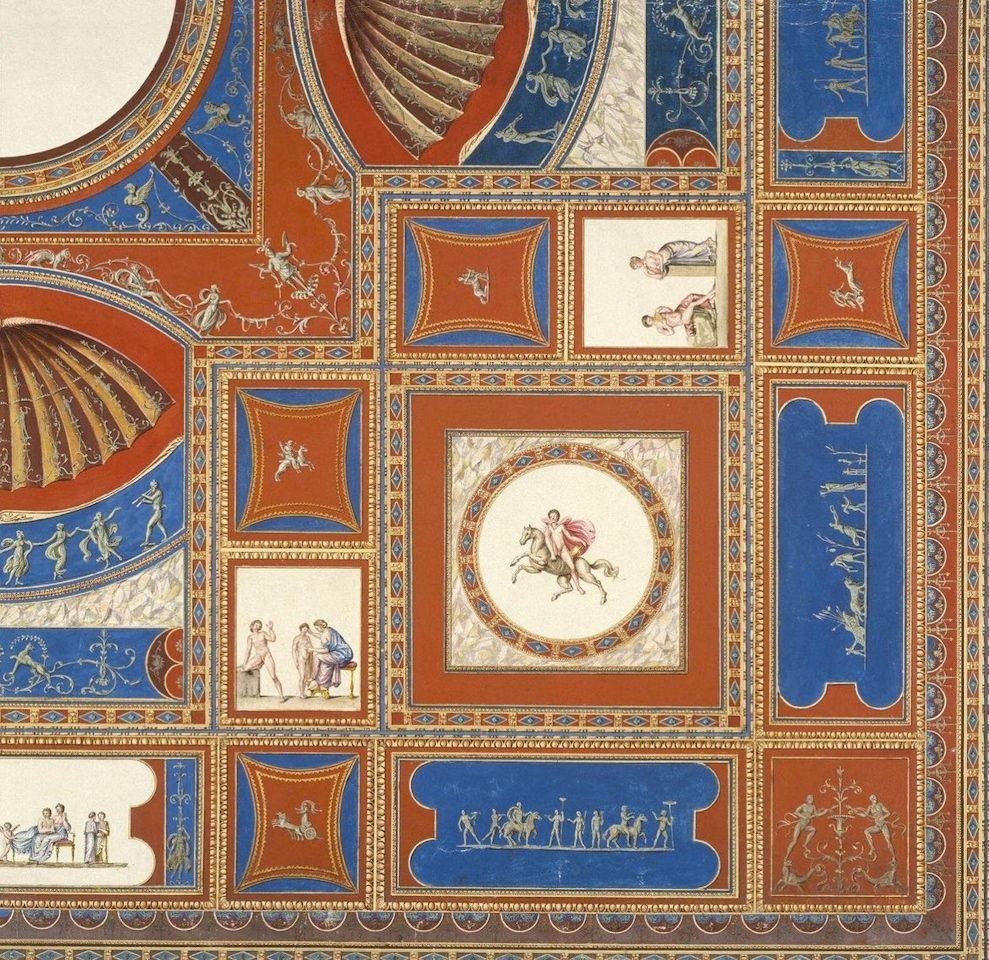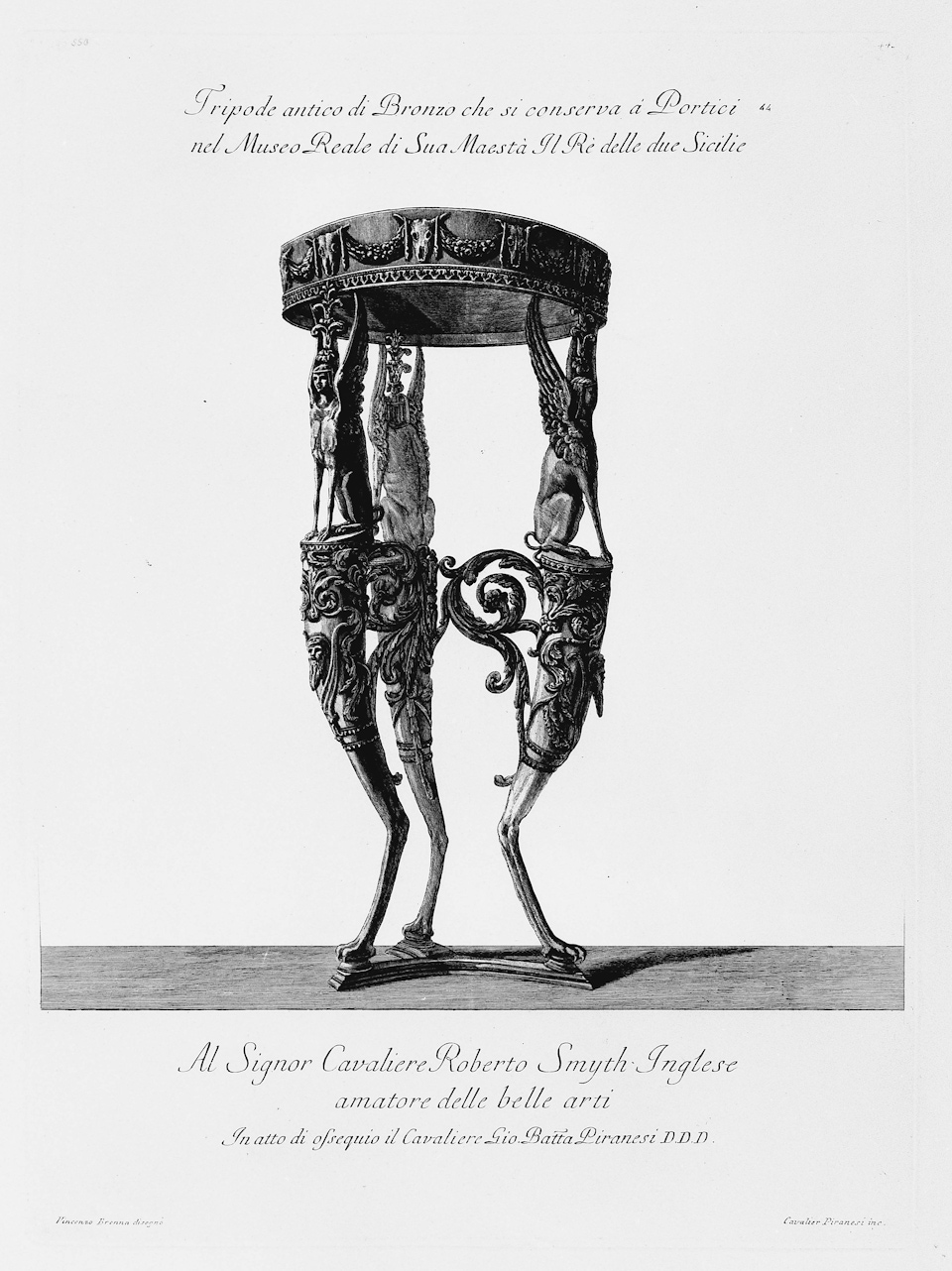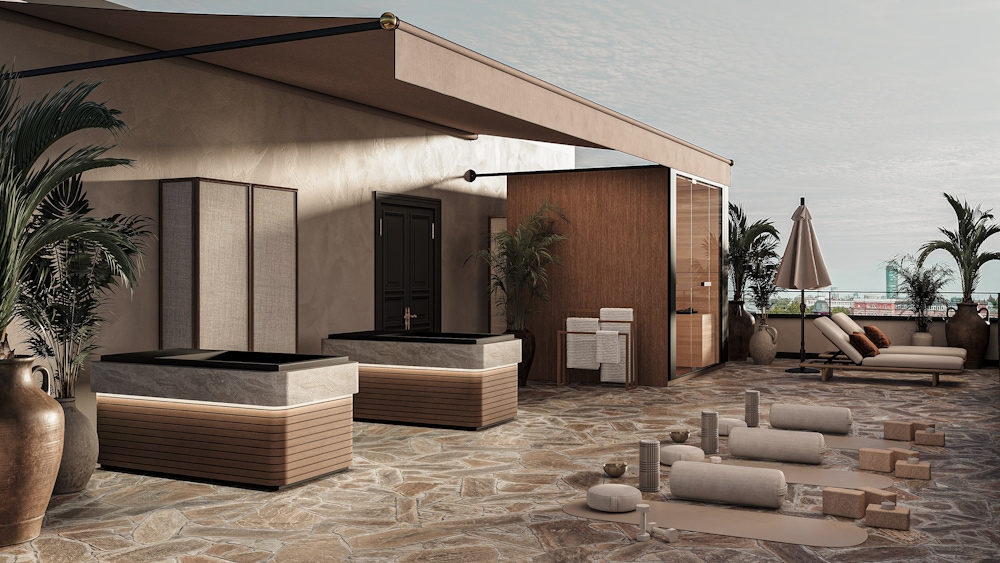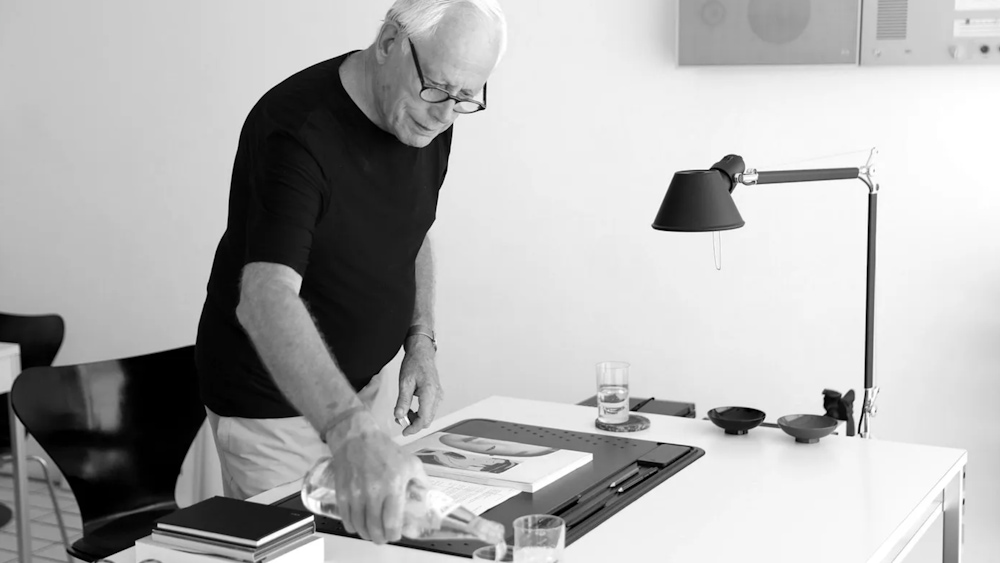


[About]
Vincenzo Brenna (1747 – 1820) was an Italian architect and painter renowned for his association with Paul I of Russia. Initially hired as an interior decorator by Paul and his spouse Maria Fyodorovna in 1781, Brenna swiftly rose to become their principal architect by the late 1780s. During Paul's brief reign from November 1796 to March 1801, Brenna undertook numerous architectural projects concurrently, including the construction of Pavlovsk Palace, Gatchina palaces, the rebuilding of Saint Isaac's Cathedral, and the creation of Saint Michael's Castle in Saint Petersburg. Despite not attaining the same level of recognition as his contemporaries Giacomo Quarenghi, Charles Cameron, and Vasili Bazhenov, Brenna earned praise from historians Igor Grabar, Nikolay Lanceray, and Dmitry Shvidkovsky for the sincerity and unrestricted naturalism evident in his graphic work. He is viewed as a pivotal figure in Russian architecture, heralding the transition from the Age of Enlightenment to Romanticism. Nevertheless, Brenna's prominence waned over time, with his former protégé Carlo Rossi eventually surpassing him in reputation and influence.



